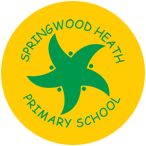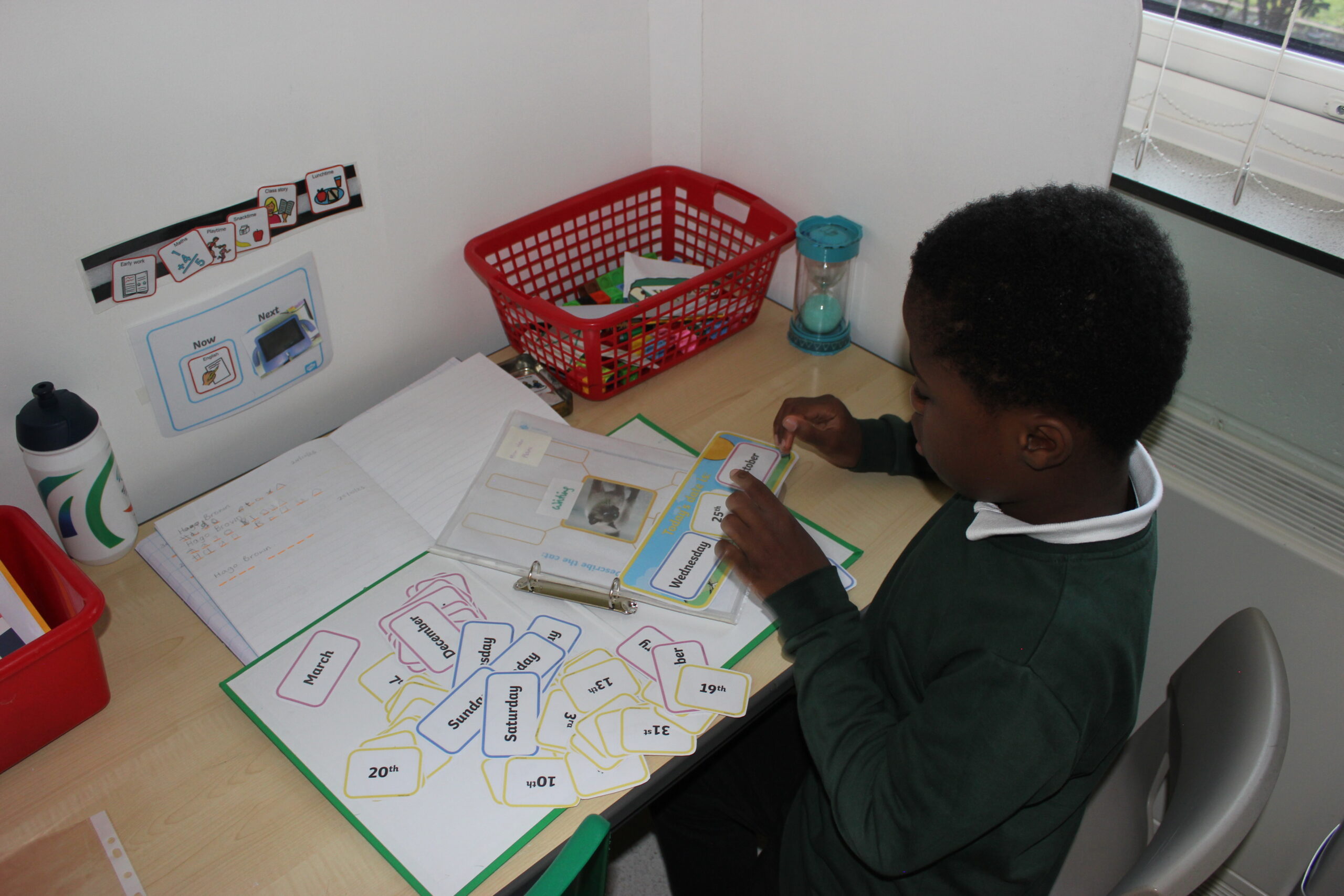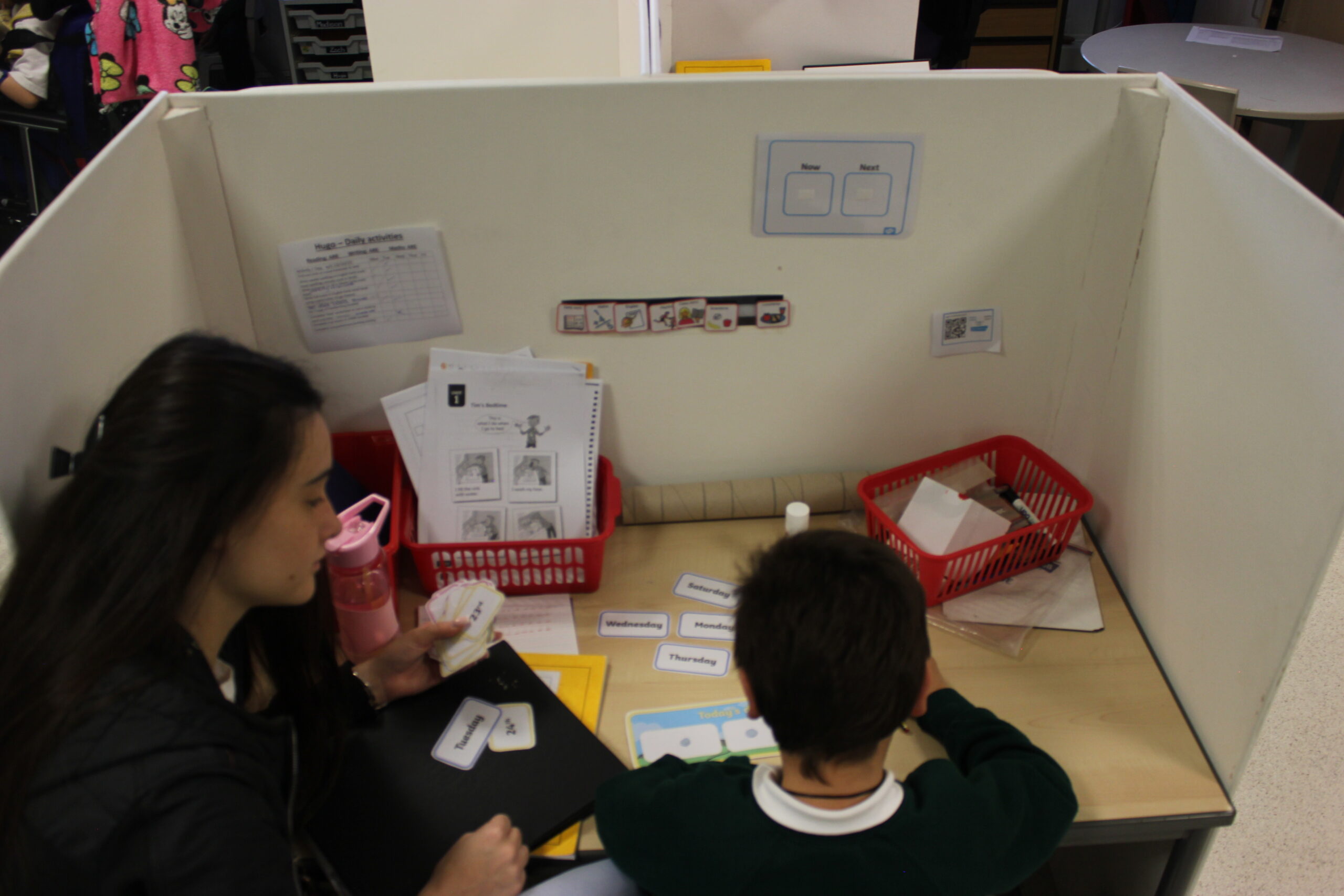TEACCH
At Springwood Heath school, our Woodpeckers Class use the principles of the TEACCH approach to support pupils in the school environment. TEACCH is a structured teaching model which enables pupils with ASD and other additional needs to understand their environments and work independently. The strategies and approaches we use from the TEACCH approach in school support pupils by helping support their areas of difficulty as well as playing to their strengths. Each pupil will be using appropriate TEACCH structure according to their individual needs. The TEACCH approach involves:
- Structuring the physical environment
- Using visual supports to make the sequence of daily activities predictable and understandable
- Using visual supports to make individual tasks understandable
- Understanding the concept of finished
Physical and visual structure is used because:
- It makes the work predictable and less confusing
- Helps the child to understand what is expected of them
- Helps the child to remain calm
- Helps the child to learn more effectively. The visual clues help the student to focus on the relevant information
- Structure helps the child to work independently
Visual structure
The following forms of visual structure are used in the school:
- Objects of reference
- Individual Symbols
- First and then/Now and Next
- Individual Wall Schedules
- Mobile schedules
- Classroom schedules
- Timers
Physical structure
The physical structure of the classroom needs to be organised so that it promotes independence and as far as it is possible there should be clear areas where different activities occur since this helps children understand what is expected of them.
Work Stations
A workstation incorporates structure, routine, visual cues and limits distraction to develop independence, organisational skills, the concept of working in an ordered manner, the concept of finished and the generalisation of skills. There needs to be clear aims as to why and when the workstation is being used with the pupil. It is important to remember the main aim of a workstation is to promote independent learning
- Trays or folders containing activities are placed in drawers on the pupil’s left side. They are arranged from top to bottom. These drawers are numbered, have symbol or colour on them. On the table top is strip with the corresponding numbers, symbols or colour velcroed on to indicate the work to be completed.
- The pupil removes the top number/symbol/colour from the strip and matches it to the corresponding tray by means of velcro
- Pupil completes activity and places the work in a tray on the right hand side of the table to indicate it is finished
- Repeat with the following drawers
- Once all numbers/symbol/colour have been removed from strip on table top and activities have been completed, the pupil is finished. There should be a means in place to indicate what their next activity is.
TEACCH Tasks
The work designed to be carried out in the independent work area is known as TEACCH tasks. These are self-contained activities which contain all the materials and instructions required for the pupil to do complete them independently. Tasks can be contained in boxes, baskets, in deep or flat trays, in plastic wallets, in folders, in files or on clipboards. Tasks should be designed to individual needs, skills and interests and be motivating. Pupils need to be taught how to carry out tasks before they are presented in the independent work area.
Aim of structured tasks:
- To remove/reduce the need for verbal instruction
- To provide visual clarification of what is to be done
- To show when a task is complete
- To increase independence
- To increase participation
- To reduce anxiety
- To teach target skills
- To help with the generalisation of skills
The work designed to be carried out in the independent work area is known as TEACCH tasks. These are self – contained activities which contain all the materials and instructions required for the pupil to do complete them independently. Tasks can be contained in boxes, baskets, in deep or flat trays, in plastic wallets, in folders, in files or on clipboards. Tasks should be designed to individual needs, skills and interests and be motivating. Pupils need to be taught how to carry out tasks before they are presented in the independent work area.
Newsletters
28th February 2025
Friday 14th February
Friday 7th February
17th January 2025
What's On
- No events coming up!


